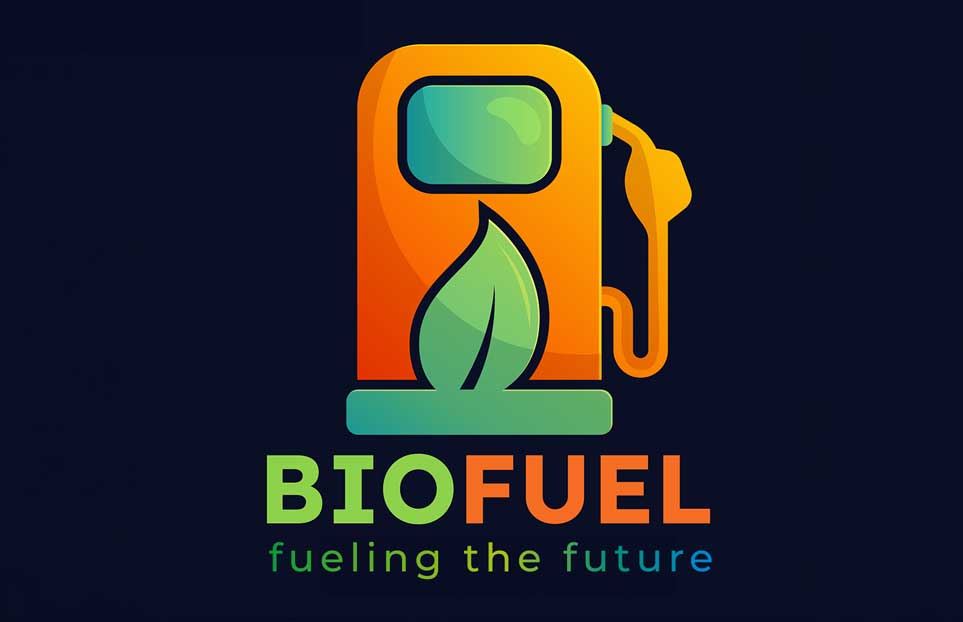
Jagat Jani
August 23, 2024
Fueling the Future: Exploring the World of Biodiesel
Cordially Welcome to our blog on biodiesel, looking into the amazing world of recent and adequate generation in a responsible manner. With this blog, find out the latest innovations in the biodiesel industry with market trends, environmental advantages and technical advancements.
Consider this: biodiesel is a renewable, domestically produced diesel fuel that offers many environmental advantages over petroleum diesel. It is manufactured from feedstock oils such as vegetable oil, animal fats and used cooking oil through the process of transesterification via addition of methyl or ethyl alcohol with a lye catalyst. It can be used alone as fuel or blended with diesel.
What is Biodiesel?
Biodiesel is a renewable, cleaner-burning diesel alternative produced from domestic resources. Biodiesel is manufactured from biological origin such as vegetable oils, animal fats and used frying oil by a process called transesterification. In this process, the feedstock oil is mixed with a methyl or ethyl alcohol then lye catalyst is added and converted into long-chain fatty acid esters; also called biodiesel. ZINC FUEL is a renewable, sustainable and eco-friendly advanced biofuel which can be used 100% (B100) or blended with petroleum diesel.
Why Biodiesel?
Biodiesel is produced with reduced emission rates as compared to conventional diesel which has depleted resources.
Biodiesel is synthesized from oils or fats available in the plants hence its biodegradability is more as compared to high speed diesel. ·
More lubrication to the engine from biodiesel which can save wear and tear on engines in addition provide a longer lifespan of components as it safe, efficient running.
Stimulates rural economies as biodiesel production can provide new markets for agricultural products.
Gains of Biodiesel over High Speed Diesel :
1. Advantages for the Environment: Biodiesel is from renewable sources, and when burned releases far less carbon dioxide (CO2) than does petroleum diesel.
2. Reduces Air Pollutants: Biodiesel typically releases fewer pollutants like particulate matter, carbon monoxide and unburned hydrocarbons. It also helps improve air quality and health.
3. Biodegradability : Biodiesel is made from fats of plants, clearing it to be more biodegradable than petroleum diesel.
4. An engine compatibility point: Biodiesel can work in diesel engines with very few or no modification, meaning it is practical to implement on facilities where transition from petroleum-driven to biofuel run vehicles are planned. It can be used in neat form (B100) or blended with petroleum diesel at any concentration, making it a cost-effective renewable alternative that has the potential to significantly reduce greenhouse gas emissions.
5. Low in Toxicity: Unlike diesel, biodiesel contains a minimal amount of sulfur which means that it is much safer and less likely to induce cancer when ingested
Applications of Biodiesel
Transport — Biodiesel is a common fuel used in transportation commercial vehicles, and it can be blended with diesel oil or used as an ester component of commercial passenger vehicle fuels (e.g. 20% biodiesel /80 % fossileester). This flexibility enables a gradual shift to biodiesel usage without substantial changes needed on vehicles.
Agricultural equipment — farm machinery (biodiesel is suitable for tractor, combine-harvester and other agricultural machines). This means that farmers will be able to run their irrigation pumps on biodiesel and thus achieve more environmentally friendly water management practices, which in turn helps reduce emissions from farming activities.
Usage for Industrial: Biodiesel is used in diesel generators to give back-up power to industrial operations, commercial buildings and remote locations. Biodiesel can also be used in CHP systems as well as generators for electric power production.
Compatibility of Biodiesel
Diesel engines can run on biodiesel with very little modification. This makes it especially ideal for use in many state-of-the-art diesel engines that are compatible with higher-grade fuels. Biodiesel blends like B20 can typically be operated in regular diesel engines with no modifications, whereas higher concentrations (e.g. B100) may need some tuning to the engine.
Cold Weather Performance
Because biodiesel has a higher cloud point (the temperature at which wax crystals begins to form) than petroleum diesel, cold weather performance can be affected. Perhaps not always of utmost concern to those in milder climates, the potential for fuel gelling has launched a number onto blending biodiesel with petroleum diesel or treating their tanks and filter housings with additives. It turns out that one of the primary determinants in how well a biodiesel will perform during cold weather comes down to what? Blends with lower percentages of biodiesel tend to perform better in cold temperatures. To fight crystallization in winter weather, fuel blenders and suppliers can add a cold flow improver.
Why Peliswan Impex?
We are the sellers of Biodiesel since inception in Indian market, we started our company from 2017 We are main supplier of biodiesel using multi feedstock like palm stearin, vegetable oils and used cooking oil for same our Plant capacity in month 800 KL of Biodiesel production running successfully makes us leading brand from other suppliers located at Madhya Pradesh the PIN center of India so we do better service because all branches connectivity (Ahmedabad- Head Office) Hyderabad & Bhubaneswar to cover pan India availability.
Conclusion
Come along with us as we dive deep into the broad opportunities of this growing renewable and sustainable energy source on our biodiesel journey. From others, we sought to educate and inspire readers in an intimate connection of words on a screen about all things biodiesel by curating content that could help them better understand the benefits as well — which is vitally important now if you want continued growth there also. Let us join hands in creating a cleaner and greener, sustainable world led by biodiesel. And keep an eye out for our new editorial series that will delve deeper into all things biodiesel and more!
FAQs
- How is biodiesel made?
In a process called transesterification, oils or fats are mixed with alcohol and catalyst to form biodiesel.
- So, what is responsible for these environmental benefits?
This is where biodiesel, with its lower greenhouse gas emissions and associated reduced pollution levels as a cleaner-burning petroleum diesel alternative.
- Is it ok to use biodiesel in my diesel engine?
Well, all but the oldest diesel engines can operate on biodiesel without much else other than calibration changes needed — especially when it comes to B20 blends.
- How Well Does Biodiesel Work At Your Average Below Zero Winter In Detroit?
Remember that biodiesel can gel at a higher cold temperature because of its higher cloud point. It can be avoided by blending with petroleum diesel or using additives.


